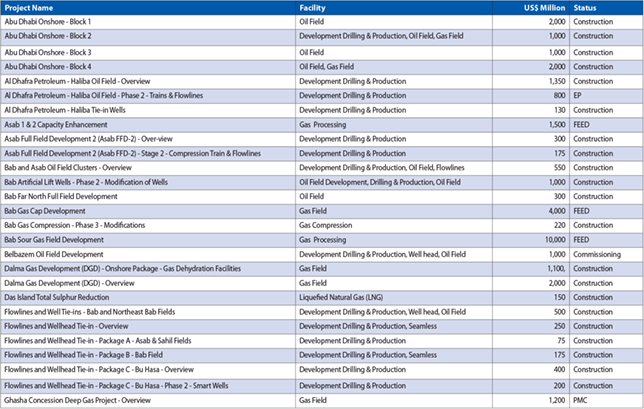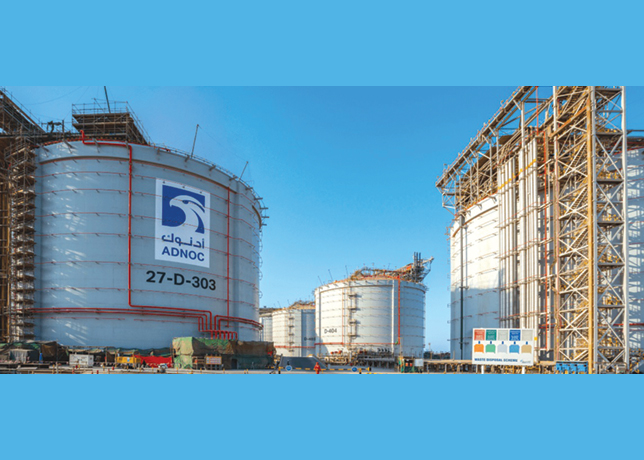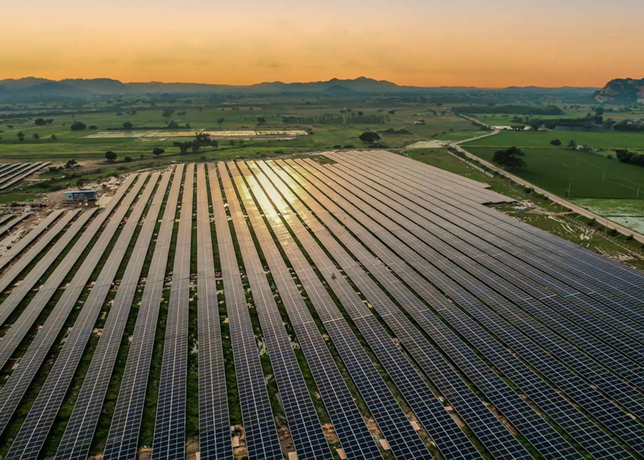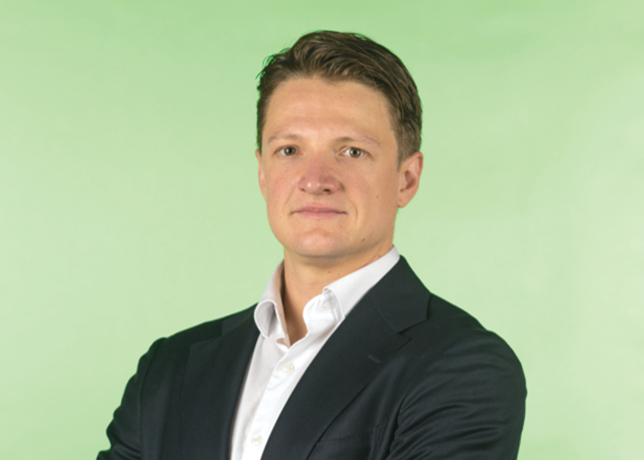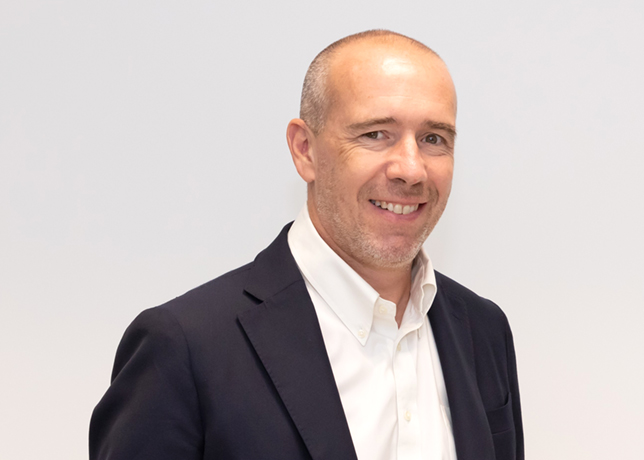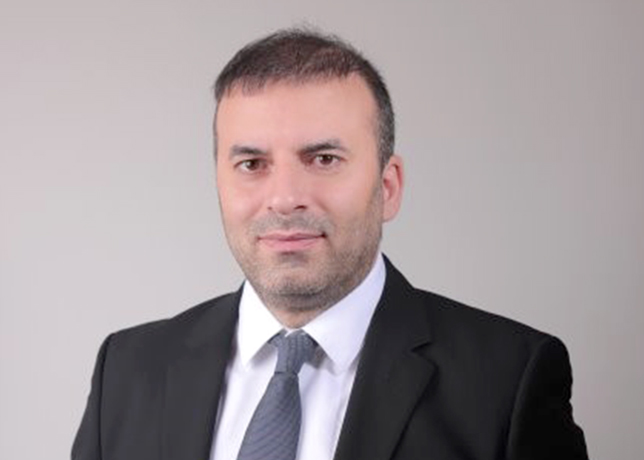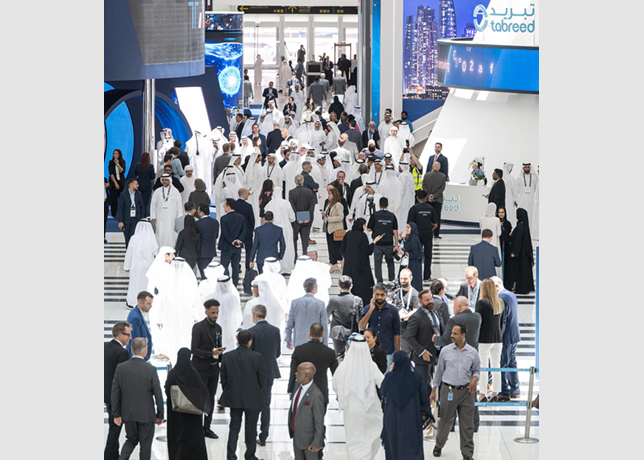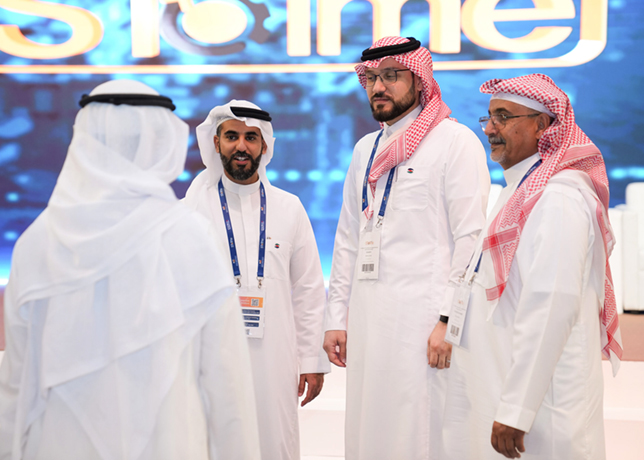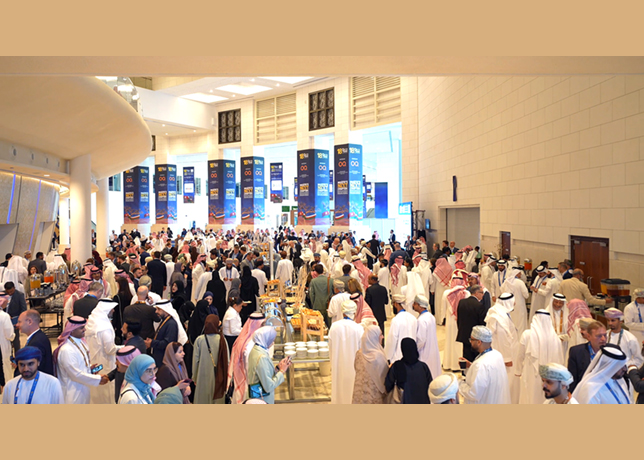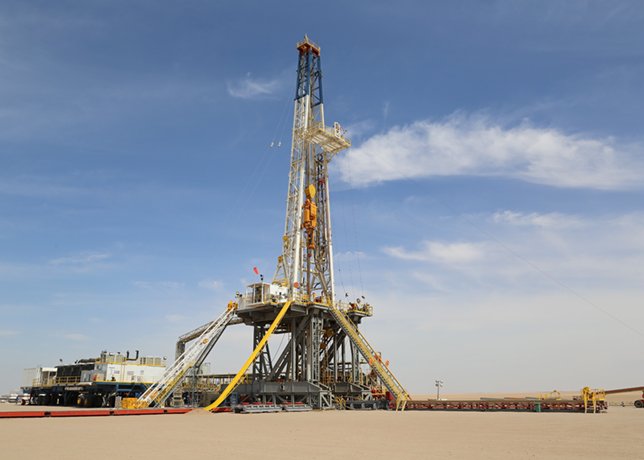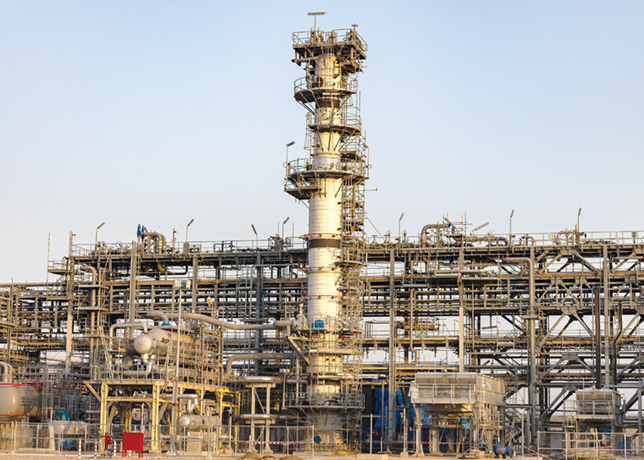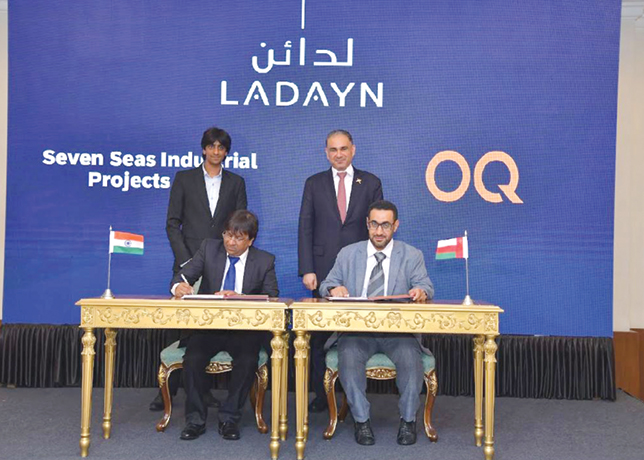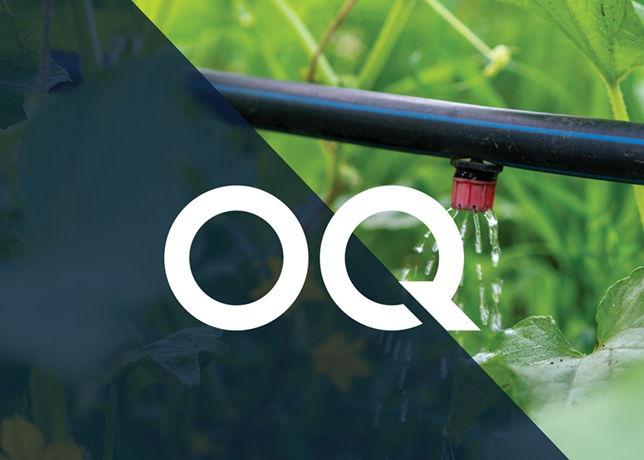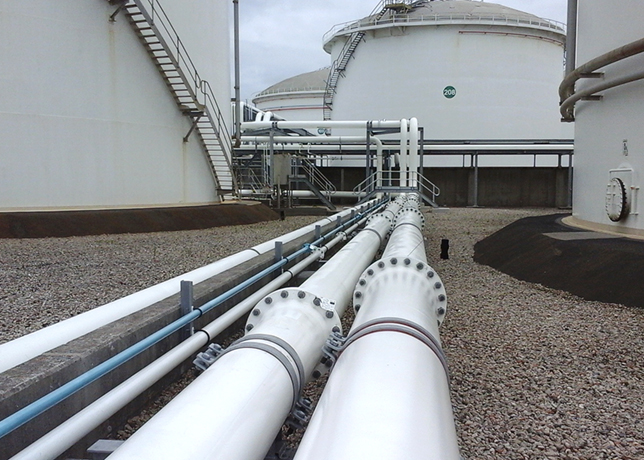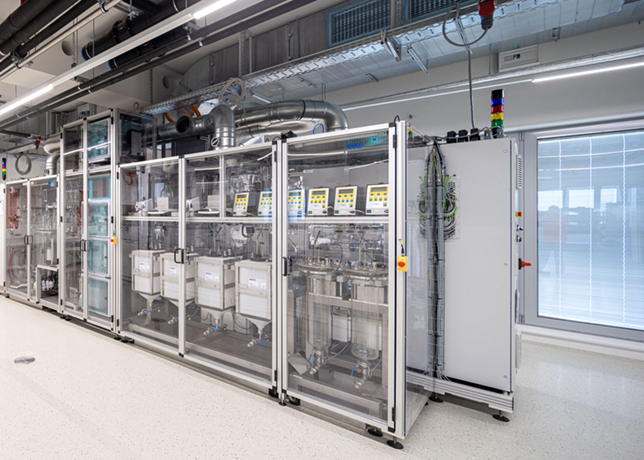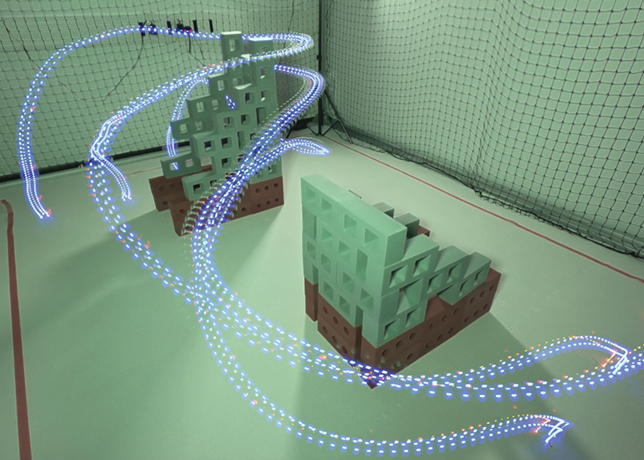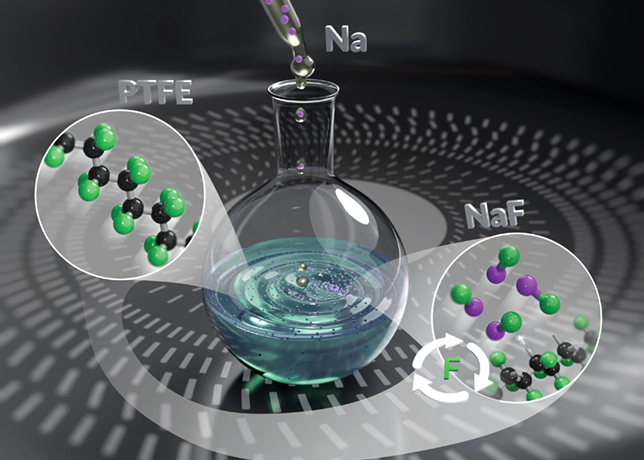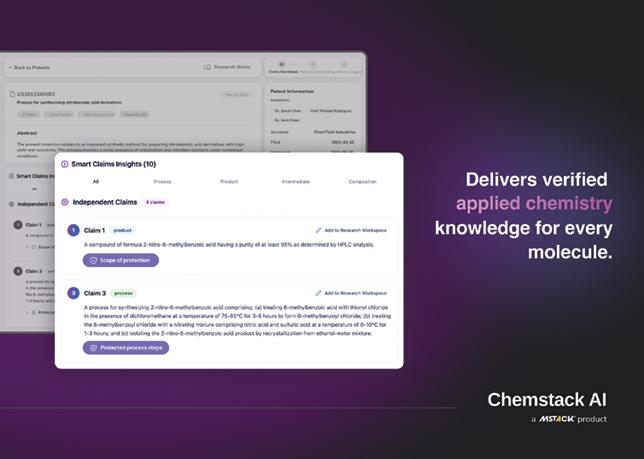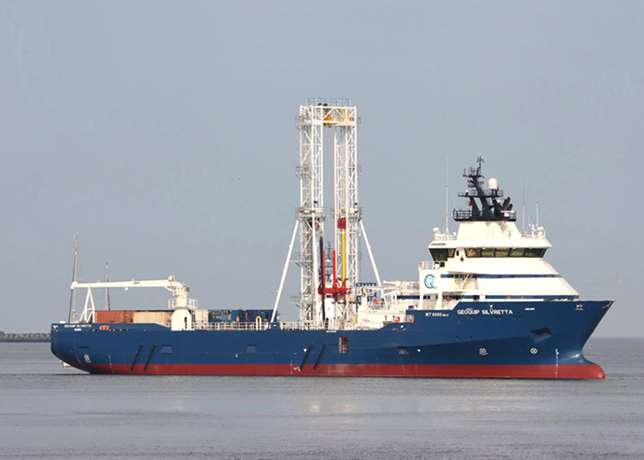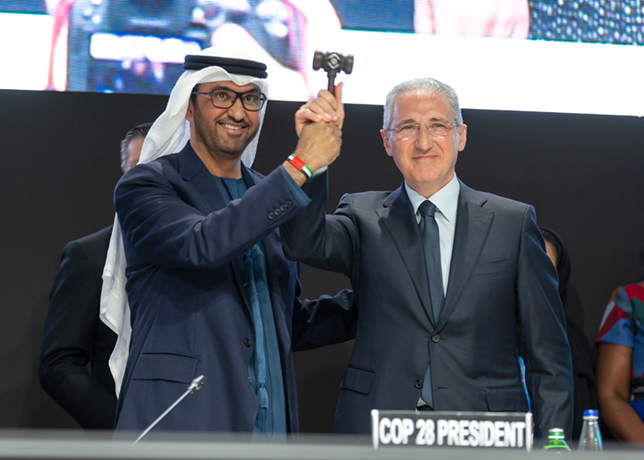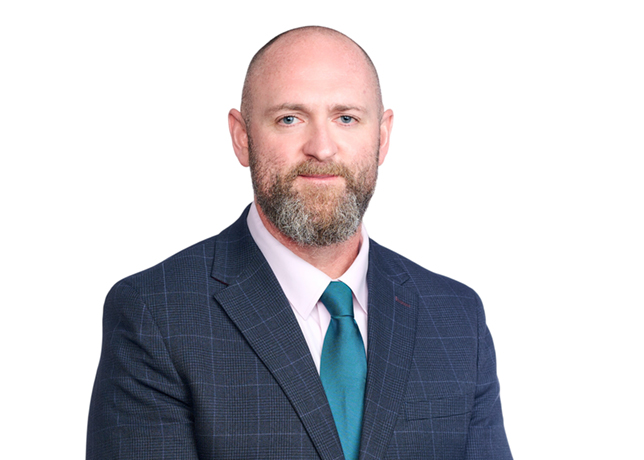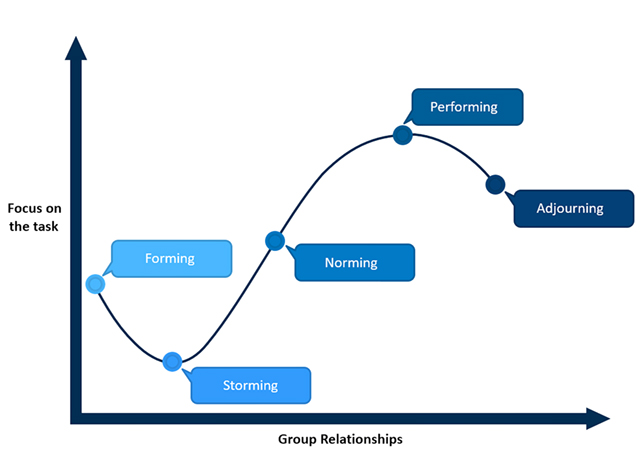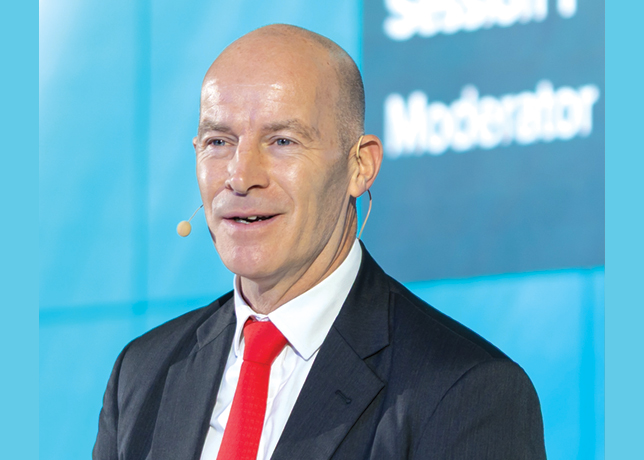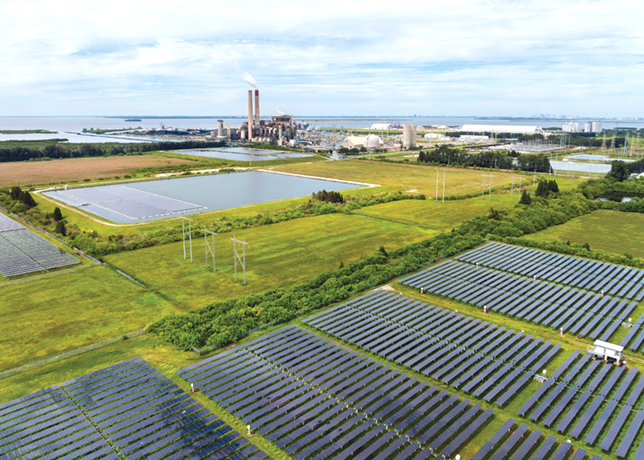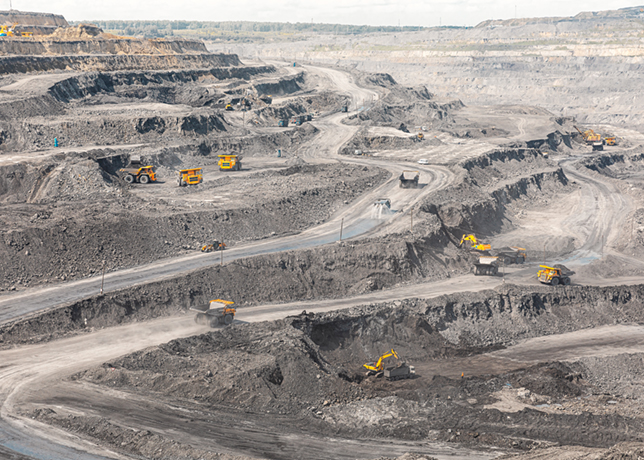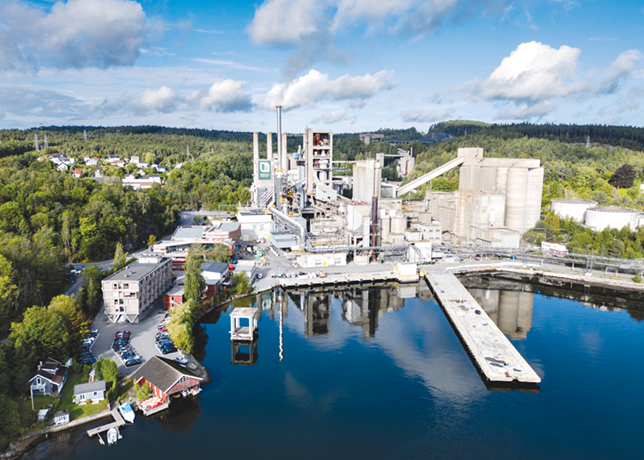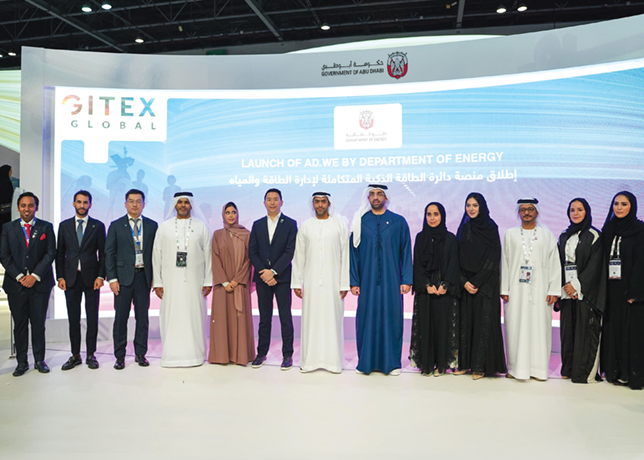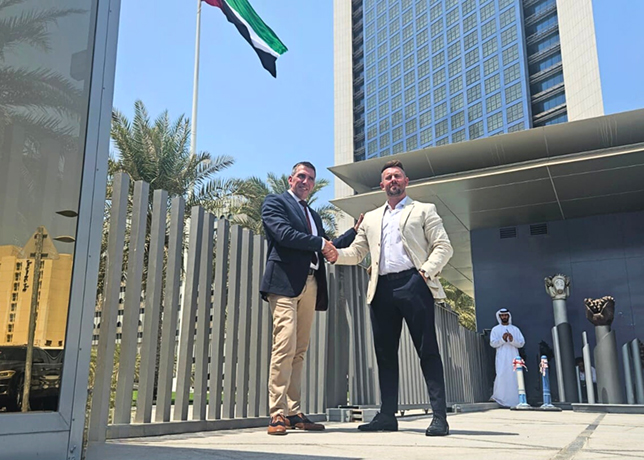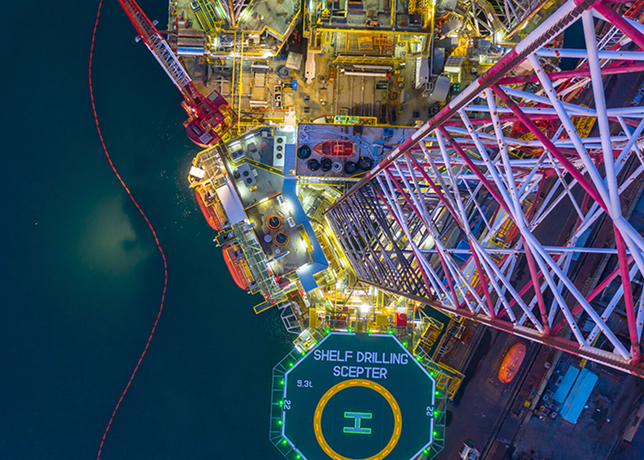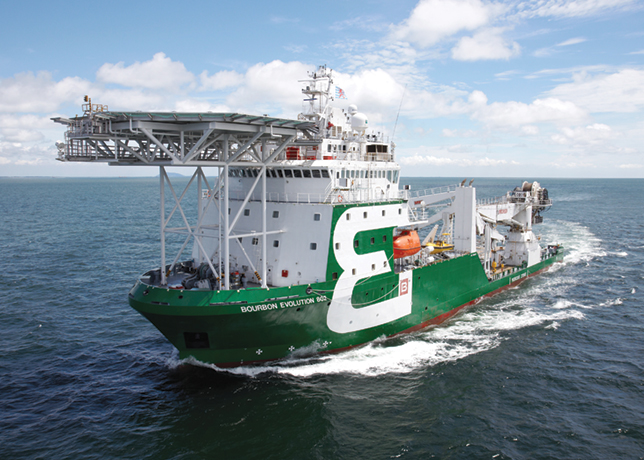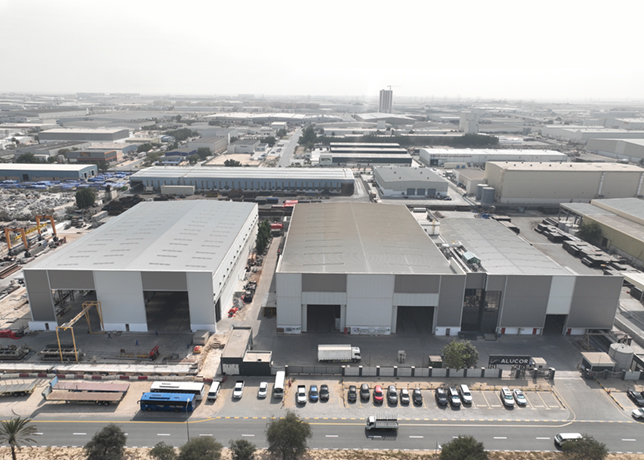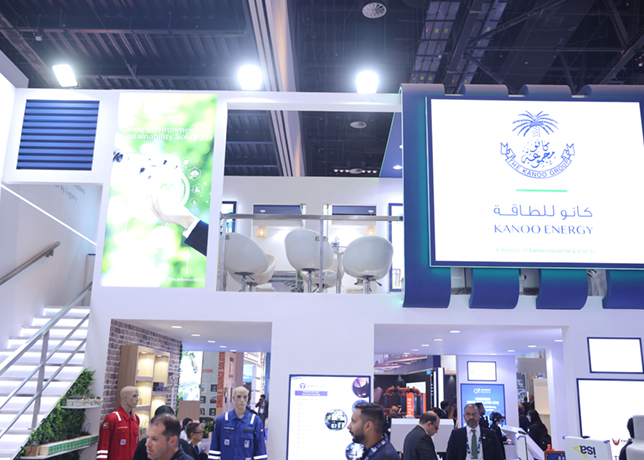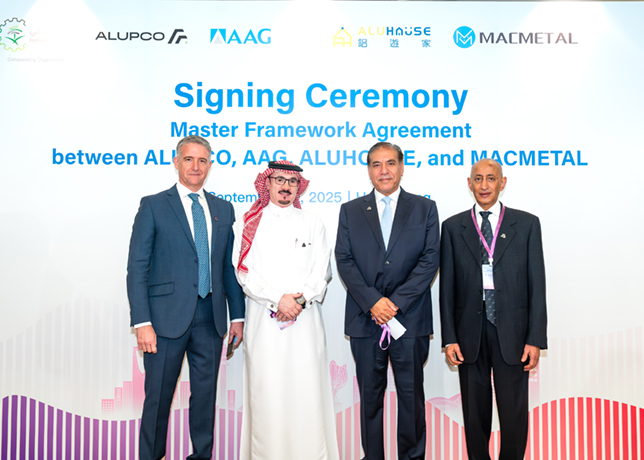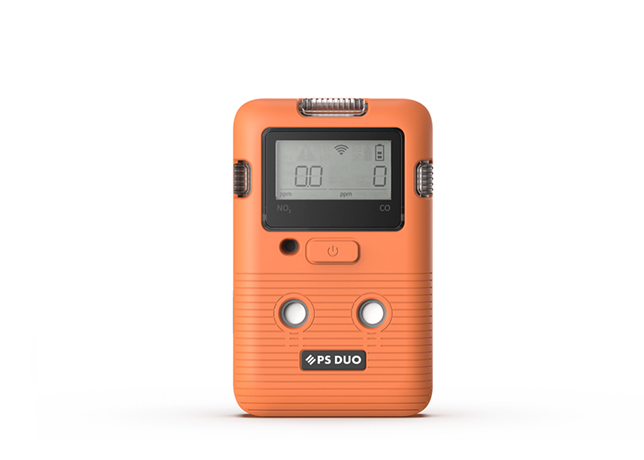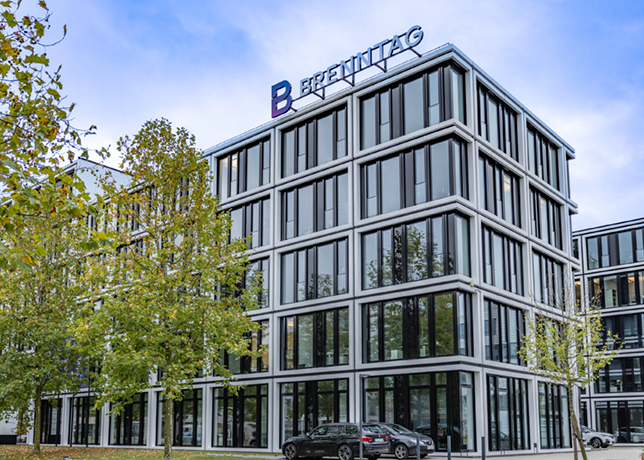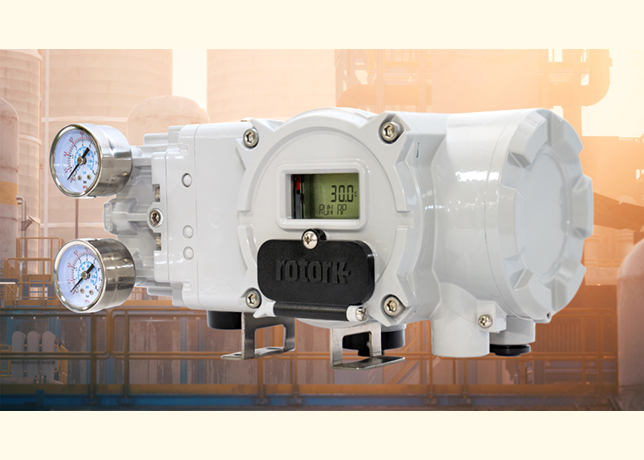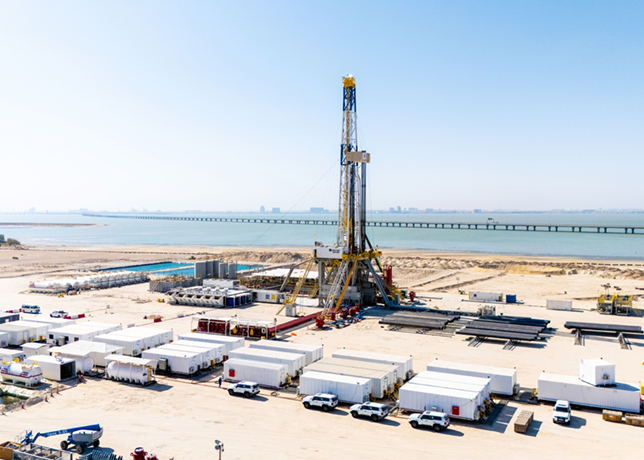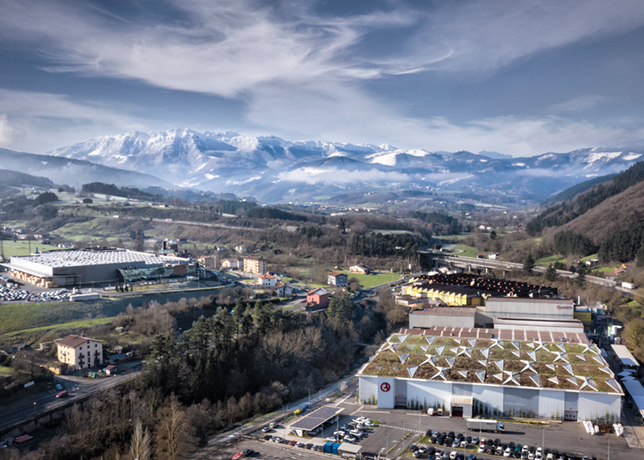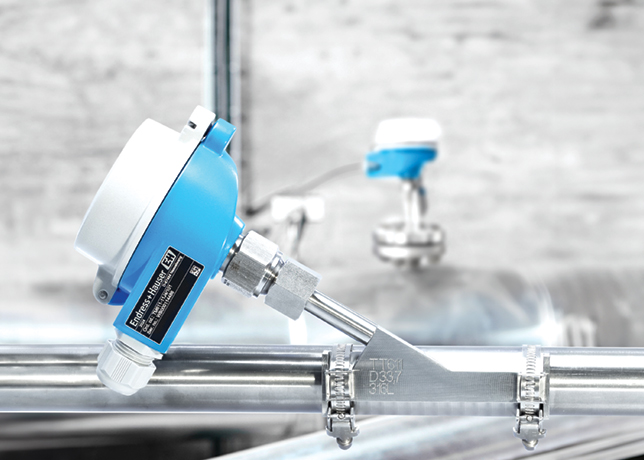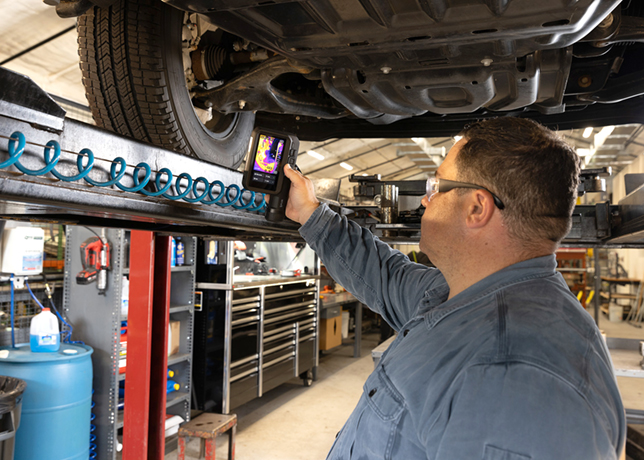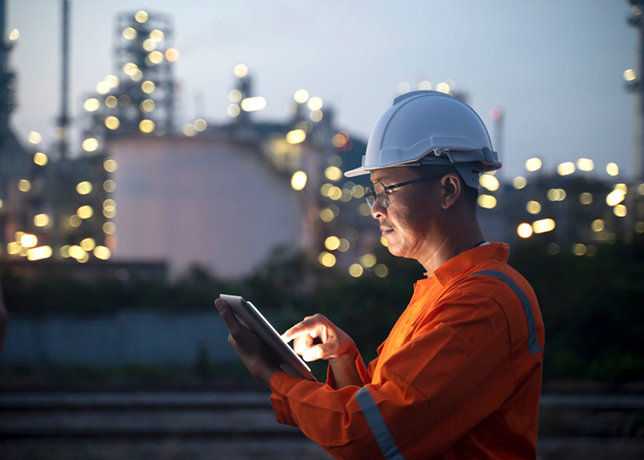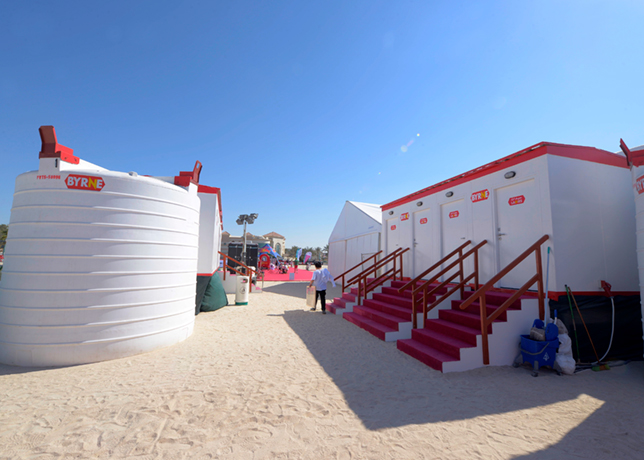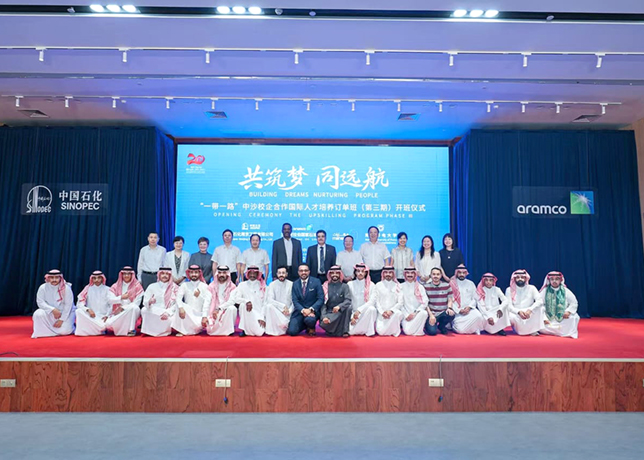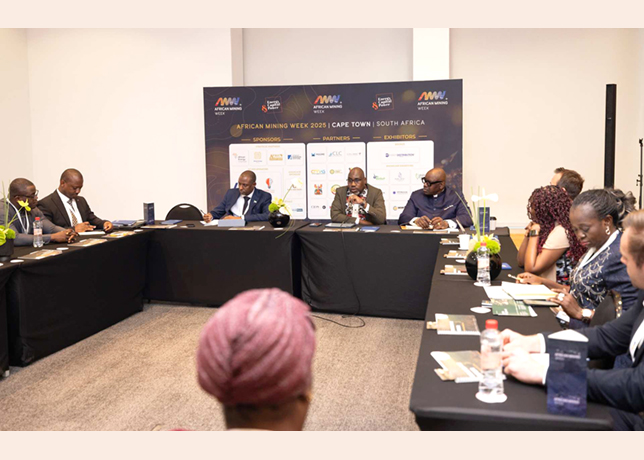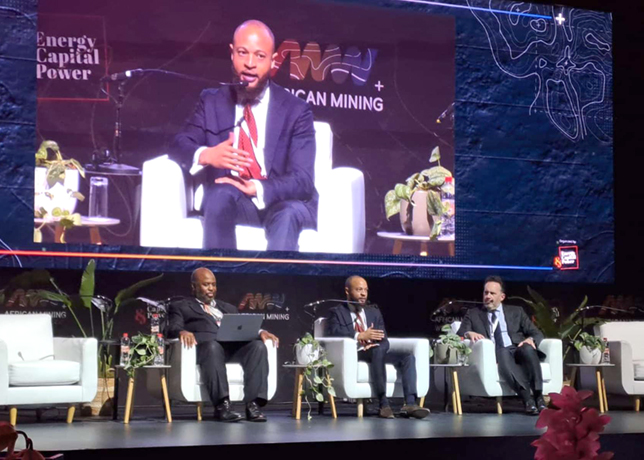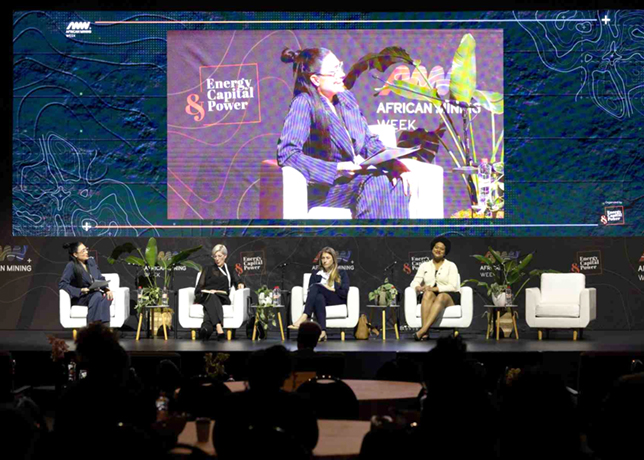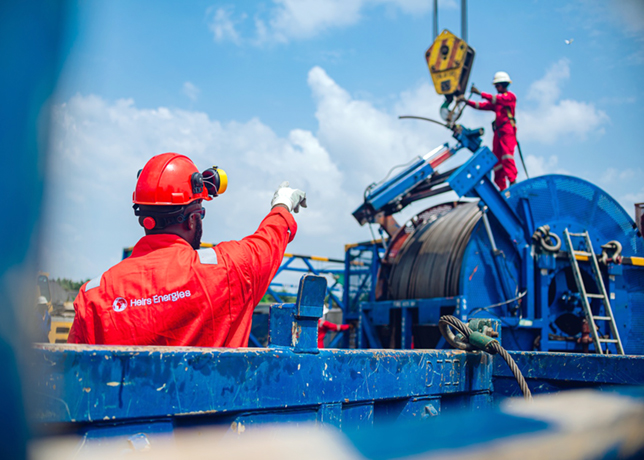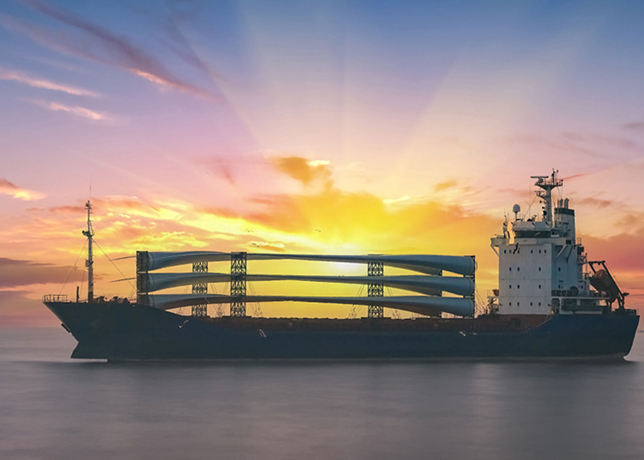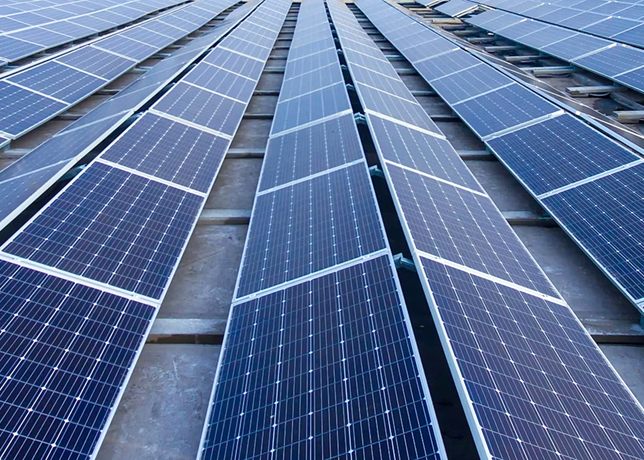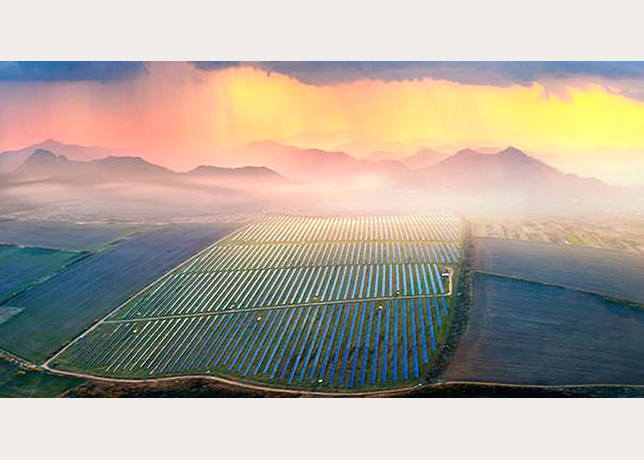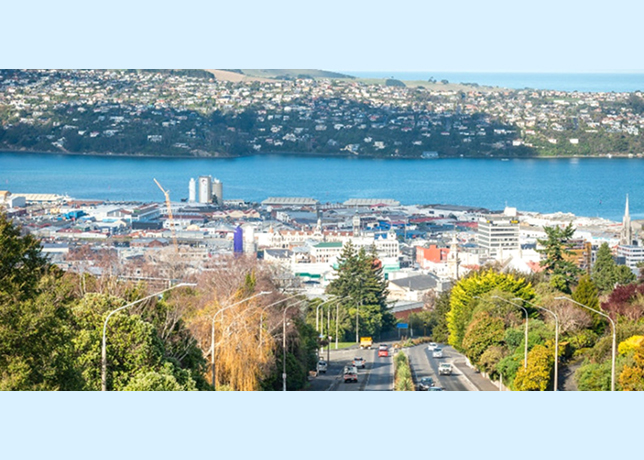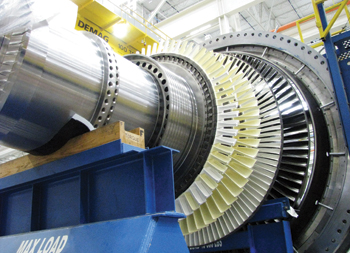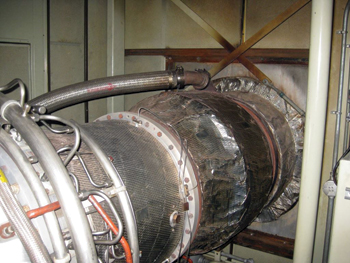
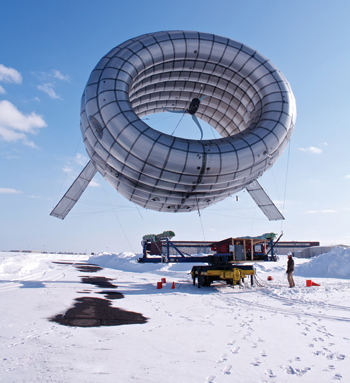 The Altaeros BAT
The Altaeros BAT
IT IS a floating wind turbine. That’s perhaps the simplest way to describe the technology developed by Ben Glass, co-founder of Altaeros.
After his stint at SpaceX, and time spent at MIT’s Gas Turbine Lab, Glass reimagined the possibilities of lighter-than-air technology – otherwise known as blimps and airships.
Widely used by the US military, lighter-than-air systems have reliably lifted heavy communications and surveillance equipment for decades. So, why not lift a wind turbine?
HIGH ALTITUDE WINDS
Wind turbines continue to increase in height. Manufacturers are in a race to harness more powerful winds above 500 feet, or 150 metres. Altaeros is going higher, much higher. The Altaeros Buoyant Airborne Turbine – BAT for short – will reach up to 2,000 feet, or 600 metres. This is four times the height of tower-mounted turbines today. At this altitude, the BAT generates over twice the energy of a similarly rated tower-mounted turbine, by harnessing winds with five to eight times greater power density.
THE ALTAEROS BAT
The BAT’s key enabling technologies include a novel aerodynamic design, custom-made composite materials, and an innovative control system. The helium-inflatable shell channels wind through a light-weight wind turbine, self-stabilises, and produces aerodynamic lift, in addition to buoyancy.
Multiple high strength tethers hold the BAT in place and a single conductive tether transmits power to a mobile ground station. The BAT’s automated control system ensures safe and efficient operation, the highlight of which is the capability to adjust altitude autonomously for optimal power output. The entire system is containerised and does not require a crane or foundation for installation.
ONSHORE & OFFSHORE APPLICATION
Diesel generators are the standard in power generation for rural and off-grid areas. The advent of airborne wind technology has the potential to bring affordable wind energy to these communities and industries, such as mining or oil and gas. Combined with significant increases in energy output and flexible deployment options, the BAT can substantially reduce the levelised cost of energy for these customers. Likewise, offshore, the BAT’s towerless design eliminates the need for large foundations and specialised industrial equipment for installation.
ANCILLARY SERVICES
Another benefit of the BAT’s shell is its ability to lift ancillary airborne payload services (e.g. internet, communication, surveillance equipment). A single BAT is able to provide line-of-sight coverage to an area up to 10 times greater than that of a conventional radio tower. The platform is designed to enable wide-area voice and data connectivity, including telemetry for remote asset management.
Altaeros is set to demonstrate its technology in Alaska in 2015. The $1.3 million demonstration is partially financed by the Alaska Energy Authority and will run for eighteen months. The project is currently being permitted for a site south of Fairbanks.
TEAM
Altaeros was founded in 2010 at the Massachusetts Institute of Technology by Ben Glass, Adam Rein, and Alain Goubau. Altaeros technology is patented and intellectual property is fully-owned.
Altaeros has received funding towards wind turbine technology development from a number of sources, including the US Department of Agriculture, the National Science Foundation, the California Energy Commission, the Maine Technology Institute, the Massachusetts Clean Energy Centre, Cleantech Innovations New England, and the Alaska Energy Authority.



